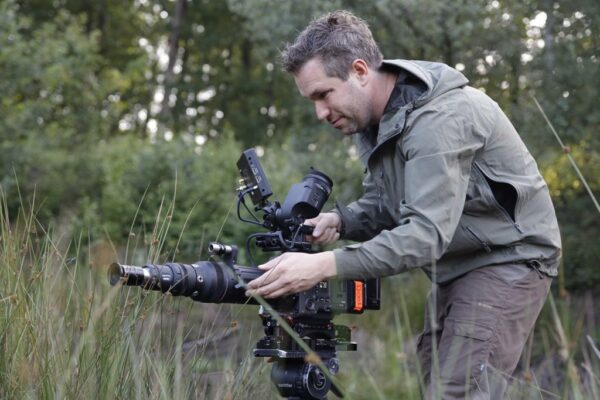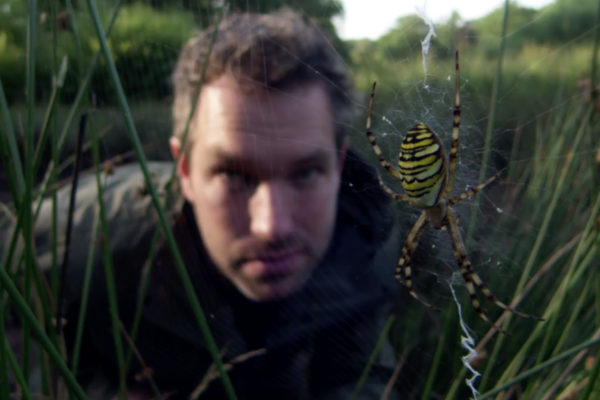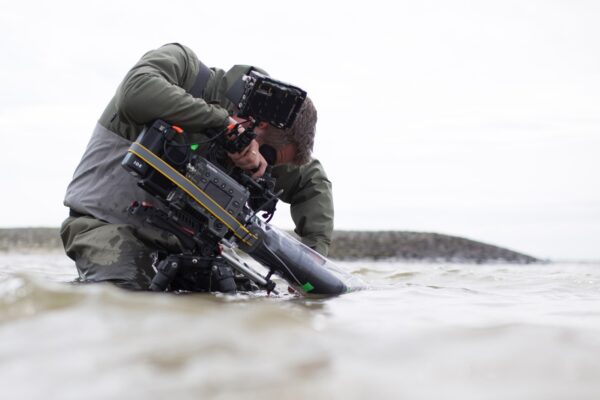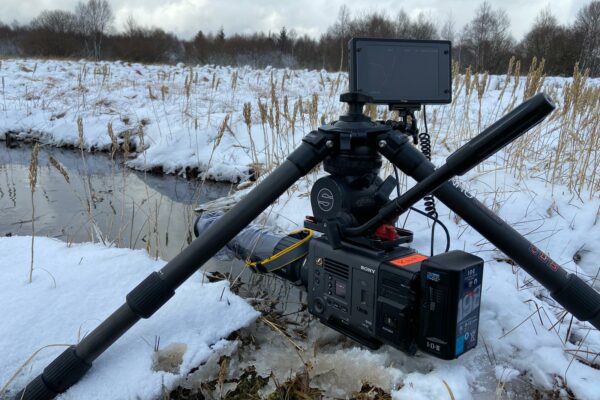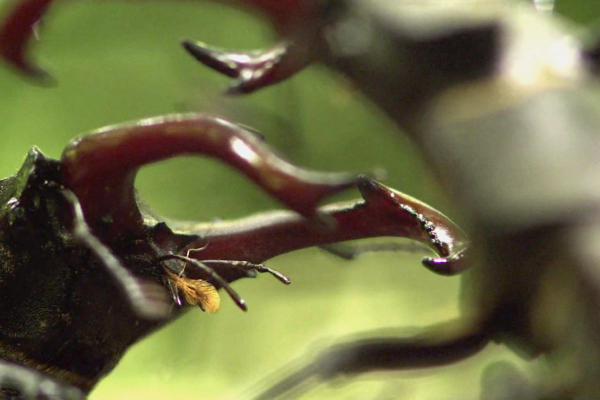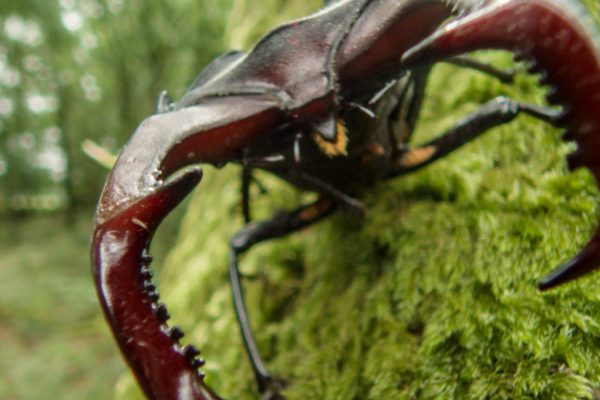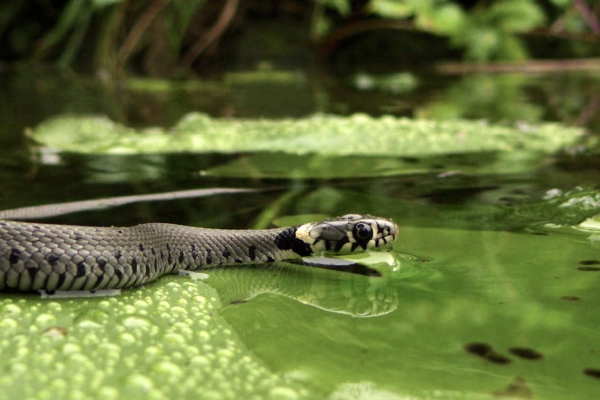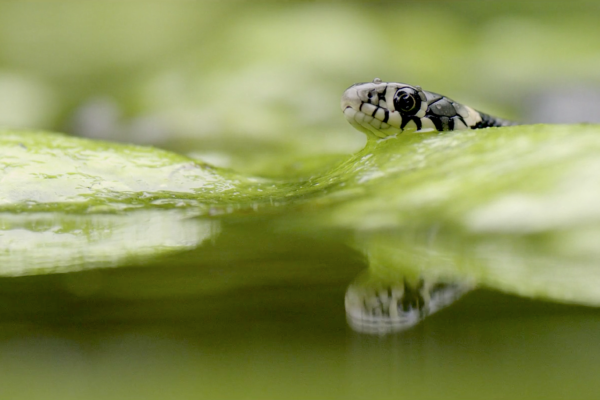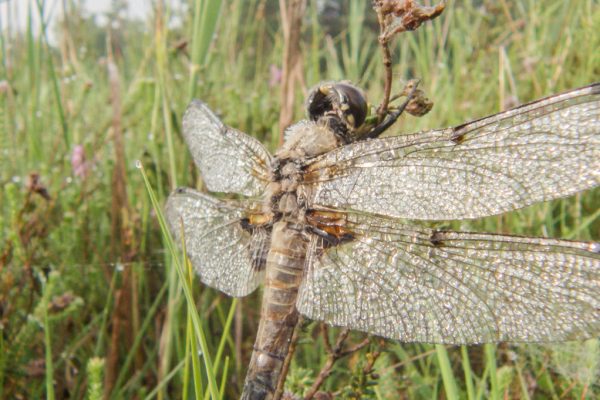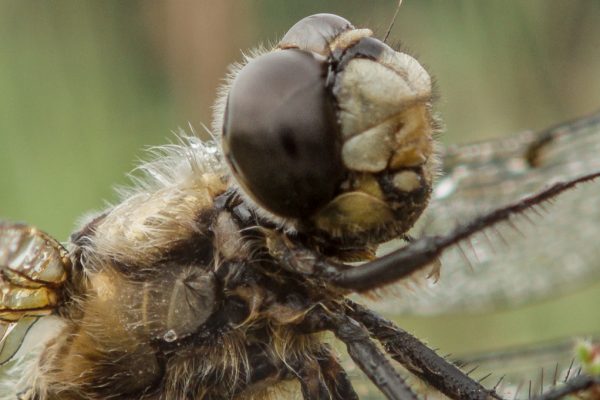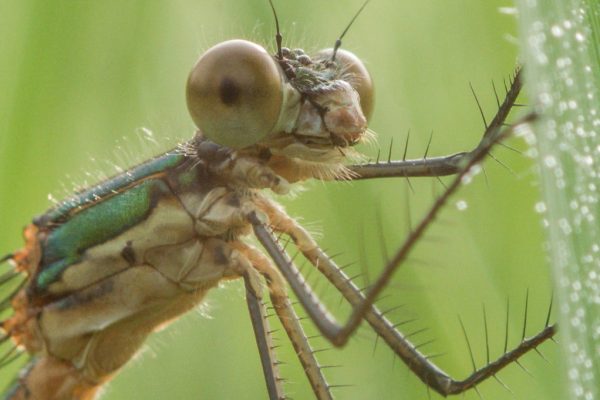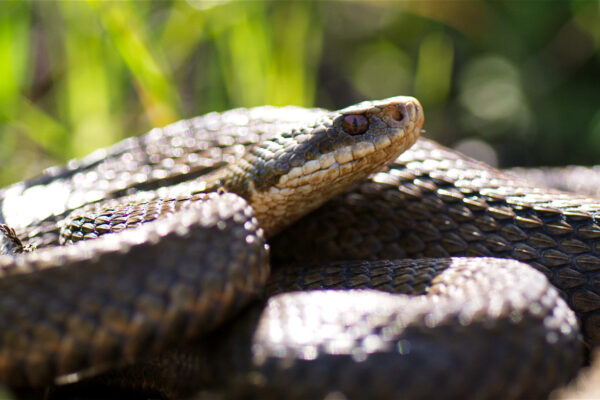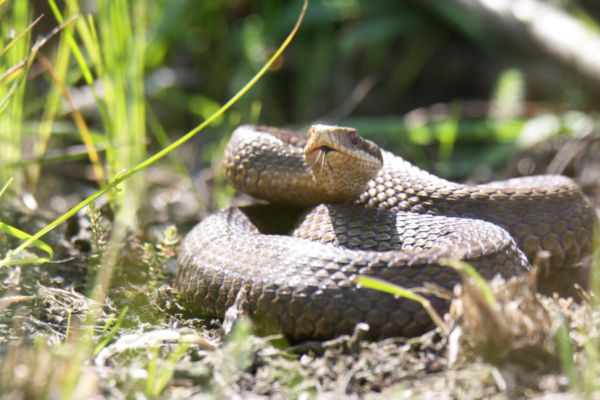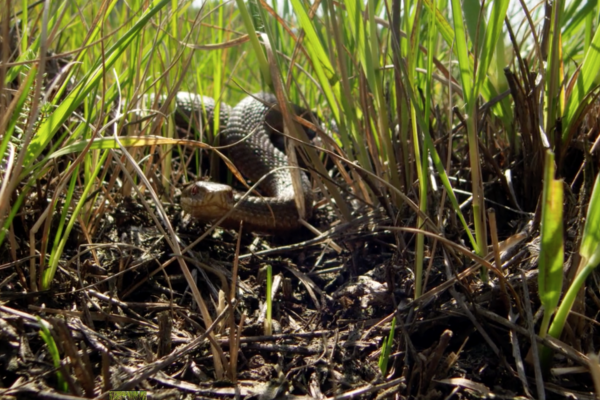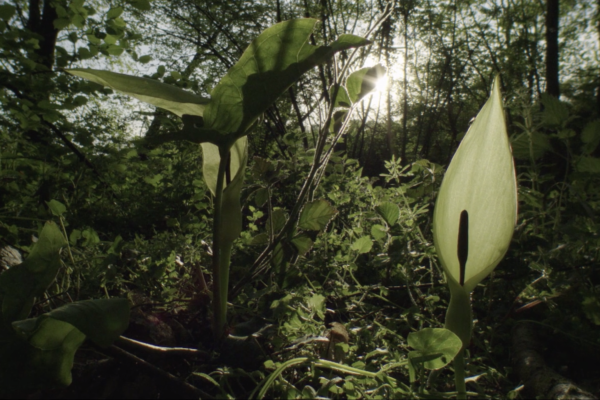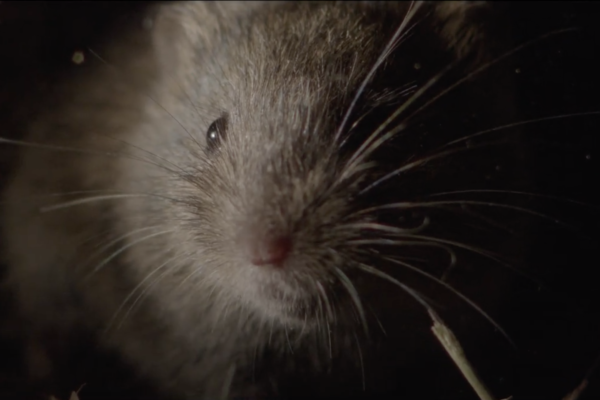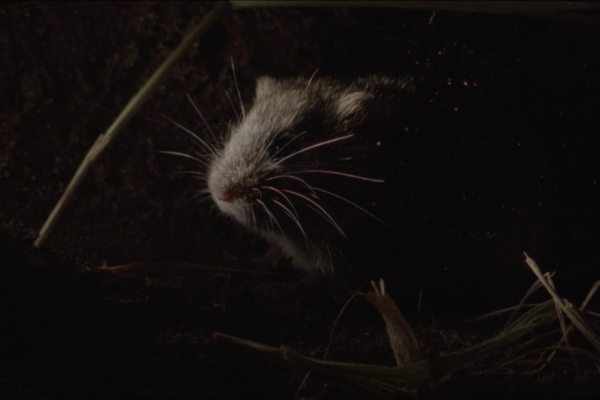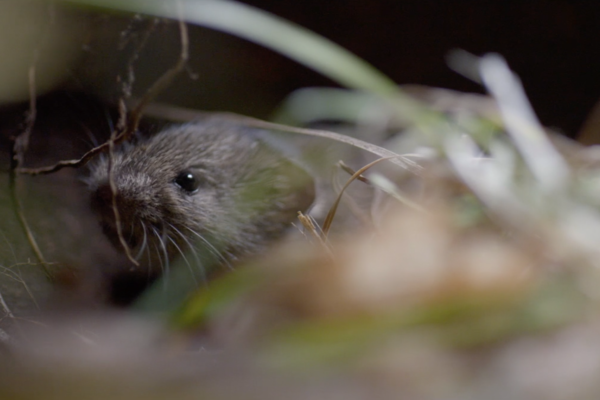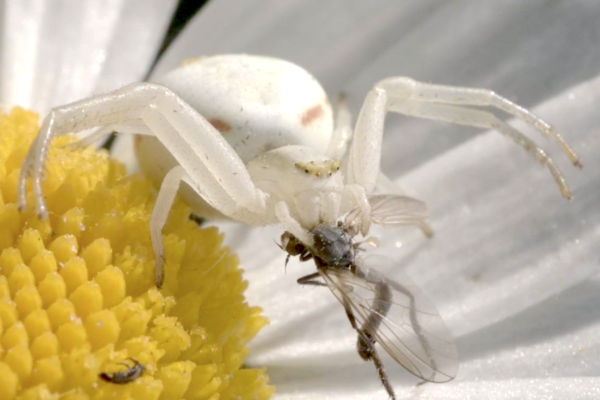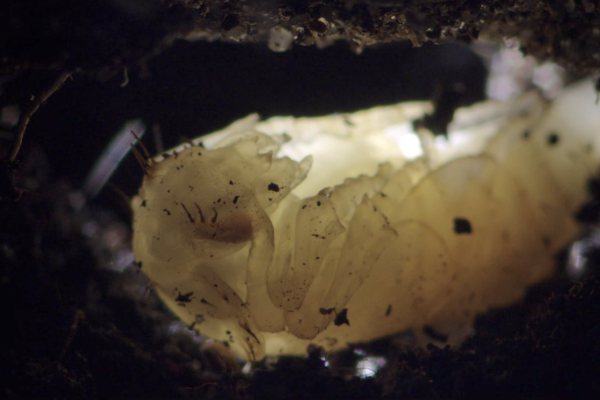This is the story about how after 5 years my dream lens became reality!
In wildlife filmmaking it has always been a challenge to bring the animals and their stories to the screen with the highest quality and the most extraordinary shots. Personally I’ve always been interested in the small world; the insects, the flowers, the creepy crawlies, anything tiny really. To film animals as tiny as an ant or a woodlice the first thing that comes to mind is to start with a macro lens. A lens that enlarges the animal on screen so we can finally look into his eyes and see the animal in a way you wouldn’t be able to see with your own eyes. But every time I was filming with a macro lens I realised two things I didn’t like. When using macro lenses, one the the most difficult things is to keep your subject in focus. Depth of field can be very small. Adding light can help, but not every animal will accept the presence of more light than it is used to. Another thing I don’t like about macro lenses is that you always look at the subject from a distance. You see the close up, but you can’t see its environment. When thinking of this I actually wanted to use wide angle lenses, but how do I get a wide angle lens close enough to the woodlice and still be able to create an enlargement just like a macro lens?
The answer is found in a borescope lens. Nothing new really, they have been around for ages. These days simple ones can be bought in every photography store, but the angle of view is limited to one option only and quality is not on par with what I had in mind. At the time this story started there was actually only one lens that comes close to the quality standards I’m aiming at and even this one is not being made anymore. It’s only available second hand with prices starting around € 50.000. For me this would mean its basically rental only and only for the bigger projects.
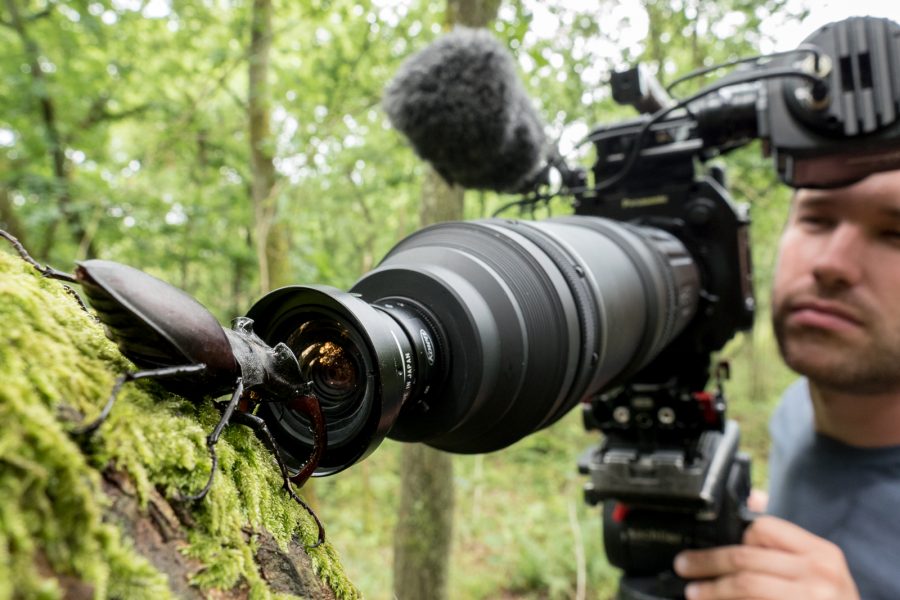
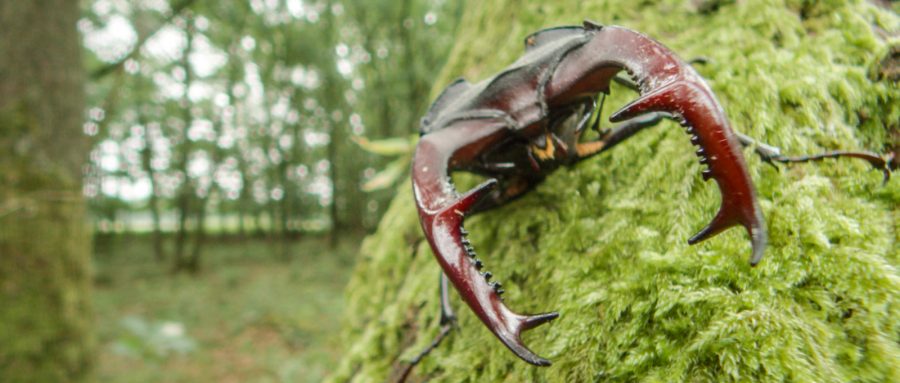
SO THERE WAS ONLY ONE WAY FOR ME. IT’S TIME TO DEVELOP SOMETHING NEW!
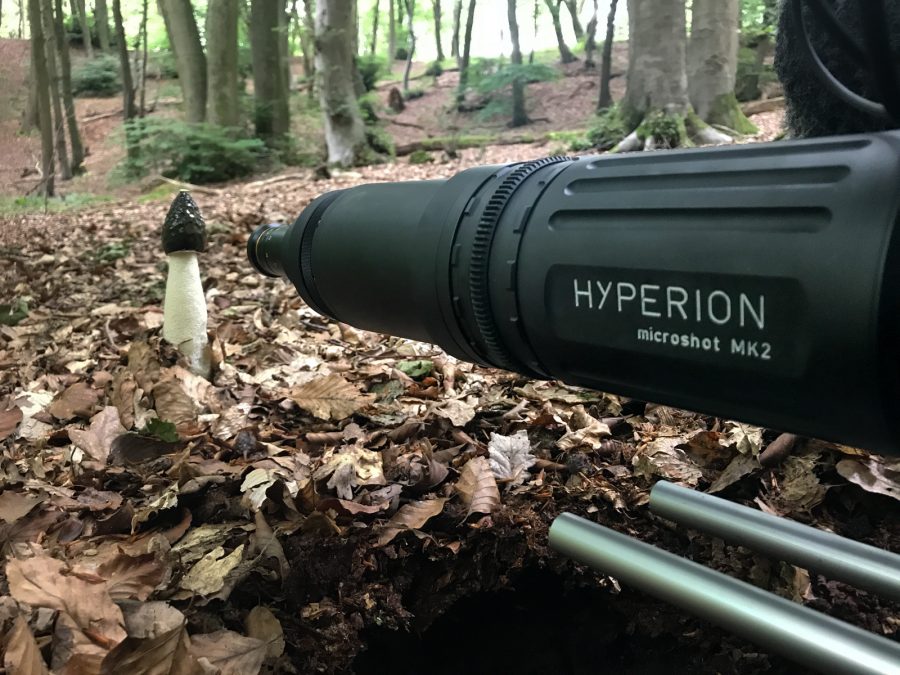
The next step
I started talking about this idea to Edwin Schouten, one of the Dutch few true lens experts. He’s brilliant in making things and for example he custom converted a Sigma 150-600 to PL mount for me. We got really excited and promised each other we would start to build one together. Finally, three years later I can finally say its ready! From the ground up, testing various lens elements together, we’ve managed to build develop something thats either lightweight and short, a perfect balance between depth of field and size of the front lenses and most importantly the image quality is outstanding!
The lens works with six different front lenses. It’s very easy to switch lenses and doing so changing the field of view. From extreme wide angle (ff eq. 14mm) to miniature close-ups (ff eq. 100mm) but all with a larger depth of field than you would have with the full frame equivalent lens/field of view. Changing lenses is done in seconds making it possible to create different kind of shots in a short period of time.
So what is a borescope lens?
Simply said, it’s a combination of different lenses that makes it possible to use tiny lenses made for smaller sensors on a big sensor camera. This also explains the much larger depth of field. Thereby it takes the smaller lenses away from the camera so when filming small subjects you don’t have to bring the big clumsy and light blocking camera close to the subject.
In addition to the depth of field advantage for me its a brilliant way to bring a wide angle lens into the environment of the smaller subjects, like small animals. Because its a wide angle lens it looks like you as a viewer are basically inside the animals world. Not just looking from the outside, but all in on the subjects level of view.
If you still like to know more, please read on at http://www.hyperion.design/
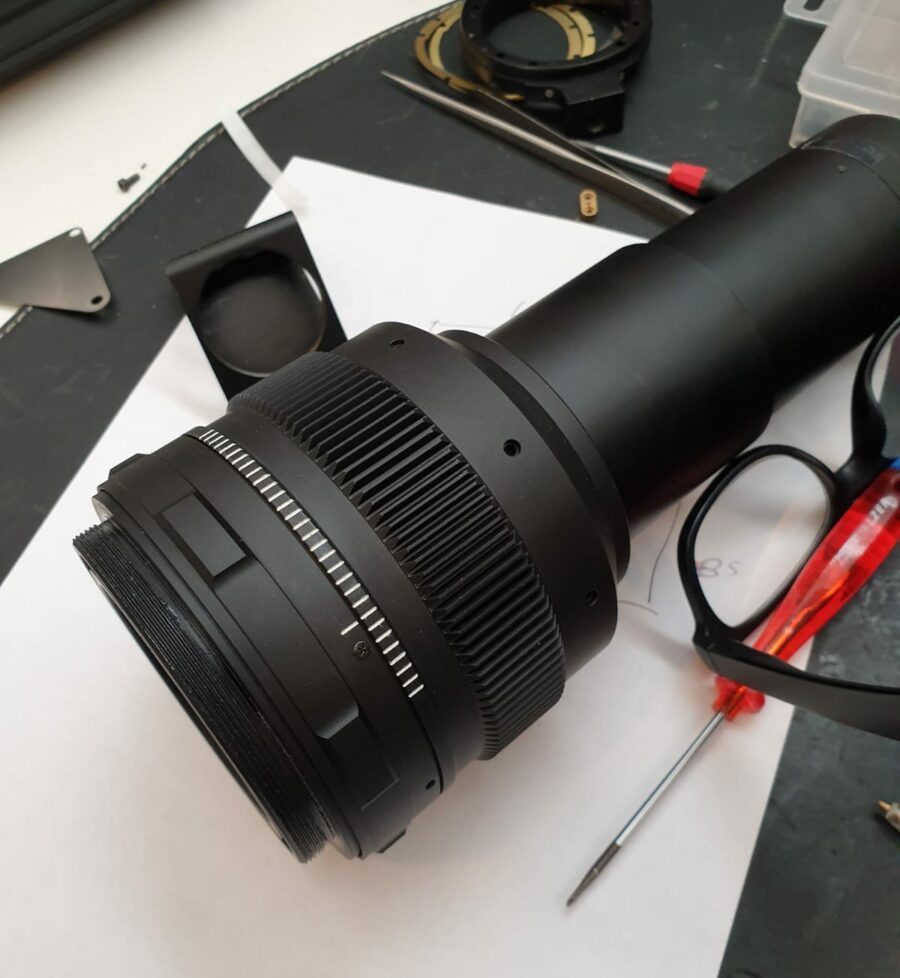
From prototype to finished product
I’ve been working with this lens for various projects already. Even the prototype lenses already have been used for many tv-commercials (for brands like McDonalds, Ferrero Rocher, Quick Burgers, Nespresso, Pijnenburg ontbijtkoeken, Senseo) as befriended dp’s and focus pullers couldn’t wait for the definitive lens.
Below you’ll find various shots taken with the borescope. Please don’t use these to much to determine quality of the lens as most of these are low res screenshots from highly compressed (online) video.
If you still like to know more, please read on at http://www.hyperion.design/index.php

